Index


Preview: RS780 Enineering Sample in our labs
We have reported Hyrid Crossfire scores here. J&W was kind and sent us an engineering sample to evaluate the potential of this board powered by RS780 Hybrid Crossfire chipset. This review is also available in German.
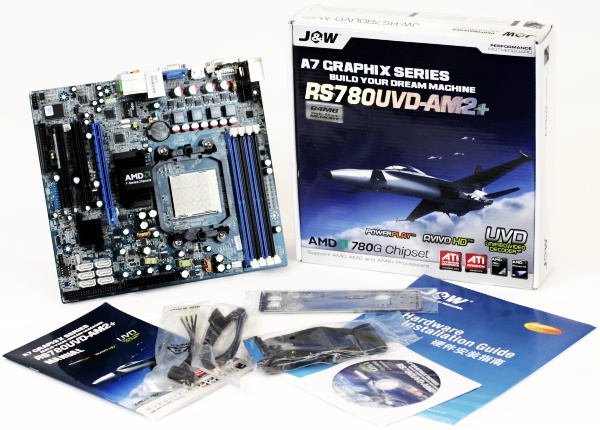
Features:
AMD RS780/SB700
64MB/266MHz DDR2 Sideband Memory
4-phase VRM
Realtek ALC888
Marvell 88E8056 PCIe Gb network MAC
Winbond W83627DHG Super I/O controller
passive cooling of chipset
8Mb BIOS, version 1.0 Beta, 1.11 Beta
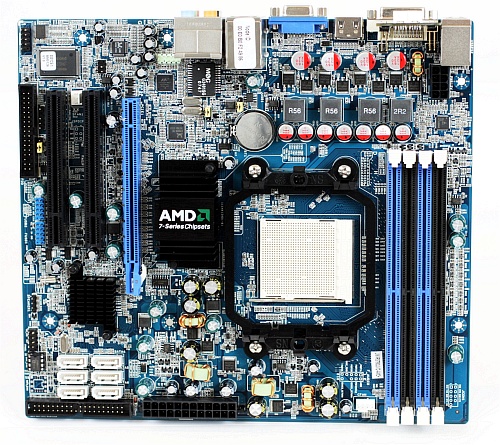
Slots:
1x PCIe 2.0 x16
2x PCI
Memory:
2x Dual-Channel DDR2-slots for PC2-6400U memory up to 8GB
Storage:
6-Port SATA II featuring RAID 0, 1, 0+1, JBOD
2-Port IDE
Backpanel ports:
1x PS/2 keyboard
1x DVI
1x VGA
1x HDMI
1x Port 80 diagnostic LED-display
1x Gb LAN
4x USB 2.0
7.1 analog output

Accessories:
2x SATA cable
1x HDD-power to 2x SATA power cable
1x IDE cable
1x SP/DIF slot-bracket
Layout:
Besides some minor details, this is a typical high integrated µATX board. While some manufacturers integrate Firewire on such boards, J&W decided to go with a diagnostic LED-display on the back-panel. The downside is that there are only 4 USB 2.0 slots on the back, and they could have done more.
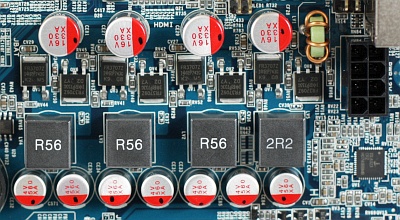
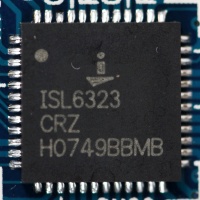
The VRM is an analog 4-phase design driven by an ISL6323, which supports split planes for Phenom CPUs. Of course, we would have wished for an all-solid capacitors design, but in this market segment the price dictates the features. J&W did more than others.
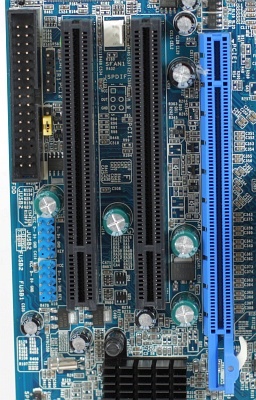
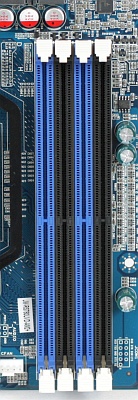
The memory slots are located right of the CPU socket instead of below. This saves some space, but will give you trouble with some CPU coolers. The BIOS features a fan-controller for the CPU cooler, so you may go with the boxed cooler. The manual does not say how to install dual-channel, but go with the same-colour slots and you'll be fine.
We found nothing special to write about the slots, J&W did not incorporate a PCIe x1 slot, which is quite a pity, but two PCI-slots will also suffice for TV- or soundcards.
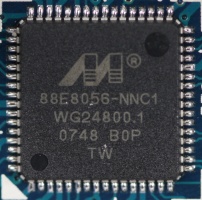
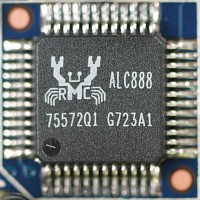
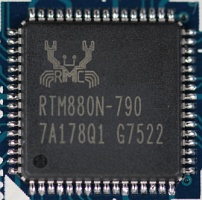
Network connectivity is provided by one Marvel Gb 88E8056 PCIe chip. J&W provides a Realtek ALC888 audio chip. The clock generator also comes from Realtek with an RTM880N.
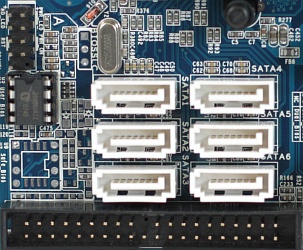
The SATA and PATA connectors are, as usual, on the bottom edge of the board. Six SATA and one PATA in standard configuration give you plenty of possiblities for lots of storage. The front-panel header is kept black, but J&W assured us they want to replace them with a color-coded model to ease the installation for the user.
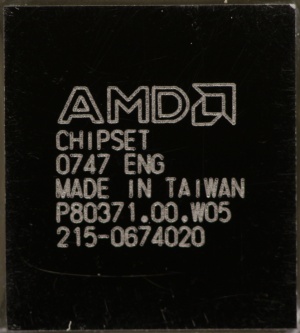
The most important part on this board is the RS780 chip, which is quite frankly an RV620 in 55nm with a hypertransport interface. It's clocked with 500MHz, but inside the BIOS you can overclock up to 1023MHz. The cooling solution will hinder you from doing so, because the aluminium-cooler suffices only up to 750MHz. We tried 850MHz, but the temperature on the heatsink reached 95.4°C - this can't be healthy for the board.
With only 2.1cm by 2.1cm this chip is one of the smallest integrated chipset ever used. J&W also incorporates 64MB sideband memory, which is actually graphics-memory. It is clocked with 267MHz (respectively 533MHz), which can be overclocked to 333MHz. We hope J&W will release a version of this board with increased onboard memory and faster clocks.
3DMark2003:
We tried to use our Phenom 9600 Black Edition CPU, but the board didn't like to boot with the 1.00 Beta BIOS. With the 1.11Beta BIOS we could boot but not set anything in the BIOS, because it would not boot again. So we stuck in an AMD X2 3800+ EE processor overclocked to 2.40GHz.
Due to the fact we have not that many Vista DVDs in the house, we decided to run quick tests with Windows XP SP2 and 3DMark2003, because 3DMark2006 will produce a slide show and its score is quite CPU dependent.
Our tests show the sideband memory does really help. The onboard solution could reach a HD3450 when overclocked to about 1GHz. We can only guess 128MB or even 256MB sideband will help much more.
Sadly, Hybrid Crossfire is not supported by Windows XP drivers. We hope AMD changes its mind and will enable it, because there are lot of peoples who don't want to upgrade to Vista.
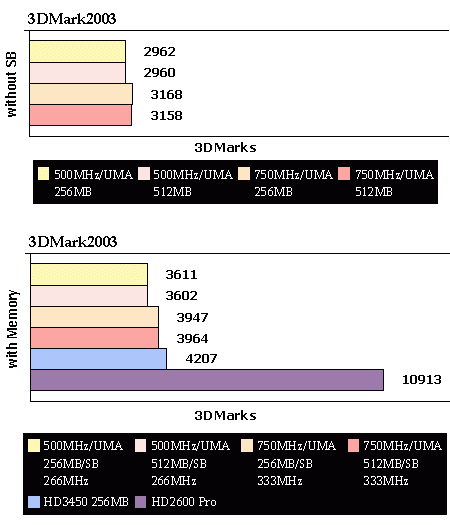
Thoughts:
AMD did a great job with this chipset. We imagine AMD could have done a down-clocked HD3650 and would have wiped the floor with any other Nvidia or Intel integrated chipset. Still, it's the fastest integrated solution for the time being. Cost is a big factor for the intended market-segment, so they decided to use only the low-end part.
With DVI, VGA and HDMI you get all the connectors you need and with UVD the best video acceleration for a decent HTPC machine. With an Athlon BE you can keep the power-consumption under 50W in idle and about 65W when working or playing videos. If you invest another €30,- you can buy an HD3450 card and make it Hybrid Crossfire under Vista or extend to four screens. This is, in fact, the cheapest four-display solution.
J&W did a good job with this board. The retail price will be about €69,- in Euroland; for U.S. it should be below US$85. We soon expect a production sample, which should run fine with a Phenom CPU. Testing with Vista will reveal how well Hybrid Crossfire really performs.
